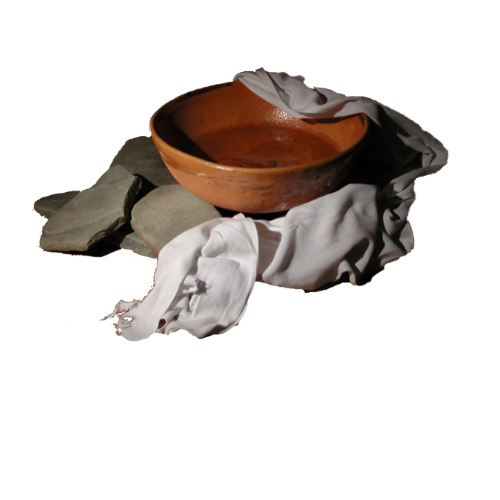#312 Serving Leaders ask those who follow: “What should you start doing?”
October 27, 2021 As we saw in the last issue serving leaders examine their own lives to see where they need to start doing new things. But they also look at Paul’s instructions with their followers in mind. 22 You were taught, with regard to your former way of life, to put off your old […]
#311 Serving Leaders ask themselves: “What should I start doing?”
October 13, 2021 Leaders often develop plans and strategies for what they could accomplish and they start running towards the goal. But serving leaders don’t ask what they could start doing, but what they should start doing. They again carefully observe Paul’s instructions. 22 You were taught, with regard to your former way of life, to put off your old self, which is being corrupted by its deceitful desires; 23 to be made […]
